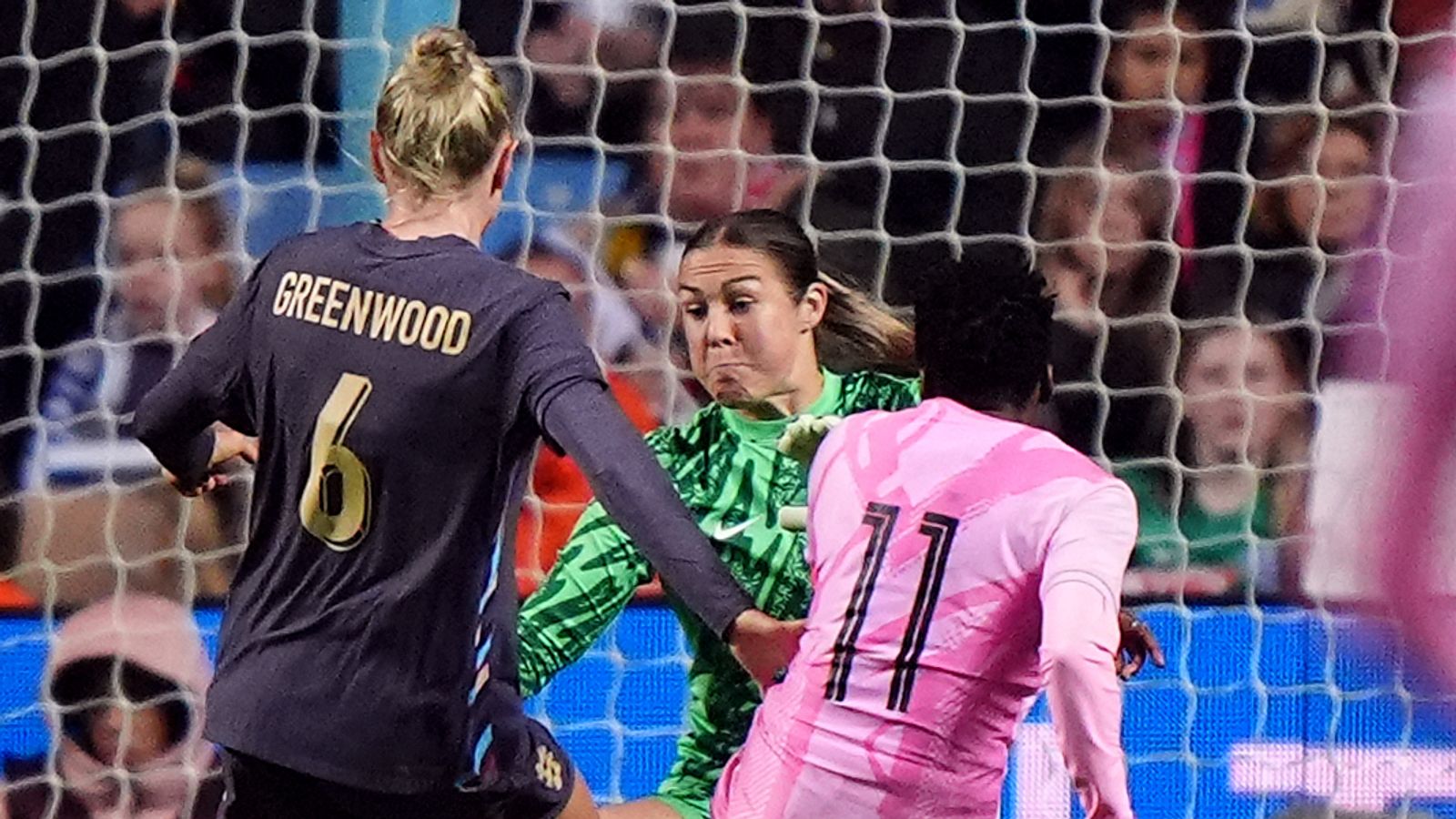
Interest Rates in Australia: When Will We See a Cut?
As we look into the current economic climate in Australia, the question on many people's minds is, "When will we see a cut in interest rates?" The answer, unfortunately, is not entirely clear, and much of it rests on the collective spending habits of Australians.
Recent reports have shown that the annual headline inflation rate has dropped to 2.8%, finally falling back within the Reserve Bank of Australia's (RBA) target range of 2-3% for the first time in three years. At first glance, this seems promising, but a deeper dive reveals that this decline is primarily due to significant government intervention in the form of electricity subsidies and increased rent assistance. For example, power prices saw a substantial drop of over 17% in the last quarter alone, and almost 16% over the past year. However, these subsidies are not a long-term solution; they are merely a temporary fix. Once the subsidies are phased out, we could see a resurgence in costs that may counteract these short-term gains.
The RBA is keenly monitoring "core" or "underlying" inflation, which excludes volatile short-term price fluctuations. Unfortunately, this measure only decreased to 3.5%, remaining uncomfortably above the RBA's target. Moreover, services inflation—a significant concern—has shown signs of re-acceleration. Costs related to essential services like childcare, healthcare, and rent are on the rise, contributing to a more persistent inflation scenario. This is alarming because service prices are a crucial component of domestic inflation, and the RBA is particularly attentive to these figures when deciding on interest rate policies.
Also Read:- Warriors Rally to Victory Over Pelicans with Depth and Grit
- England's Lionesses Edge Out South Africa in Thrilling Friendly Encounter
The labor market remains tight, with unemployment hovering around 4% and job growth still strong. As such, most economists believe that a rate cut this year is unlikely. Indeed, many experts agree that service sector inflation, coupled with slow productivity growth and a robust labor market, makes a compelling case against lowering rates at this juncture. Michele Bullock, the RBA governor, is not expected to implement any rate cuts before the new year.
The odds of an interest rate cut occurring around Melbourne Cup Day are now considered extremely low, with futures market analysts putting the chances at less than 1%. Even the likelihood of a cut before Christmas has dwindled to less than 20%, down from nearly 30% following the latest inflation data. The predictions for a potential rate cut in February are equally uncertain, having shifted from a favorable 60% chance to a 50-50 split in the wake of new data.
Consumer spending will play a pivotal role in the RBA's decision-making process. As we approach the end of the year, events like Black Friday and Christmas sales could significantly impact spending habits. Many economists suggest that if spending remains robust, it could delay any rate cut even further.
While it may be tough to forego the usual holiday expenses this Christmas, being a bit frugal could help your financially burdened friends and family in the long run. The reality is that consumer spending habits can significantly influence economic conditions, and by managing spending wisely, you might just help nudge the RBA toward a more favorable interest rate environment in the future.
In summary, the path to a potential interest rate cut in Australia is fraught with challenges and uncertainties. The recent decline in inflation offers a glimmer of hope, but the underlying issues within the economy suggest we may have to wait longer than we’d like for a break on interest rates. For now, it's essential to remain vigilant about spending and understand the broader economic implications of our choices.
Read More:

0 Comments